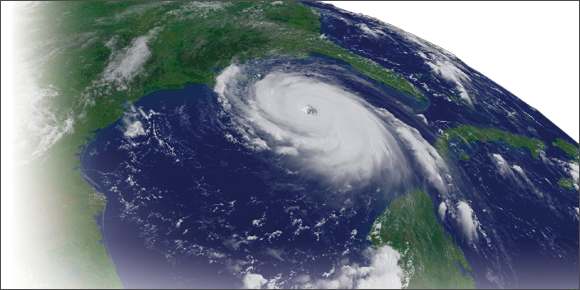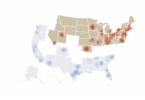Short List

Crescent City Reborn
Hurricane Katrina unleashed its fury on the Gulf Coast on August 29, 2005, forcing more than a million people from their homes and killing 1,800 more. So how has the housing market in the region recovered in the ensuing decade after the costliest natural disaster in the nations history? The U.S. Department of Housing and Urban Development (HUD) recently released a report on disaster recovery efforts and the lessons learned over the past decade.
Over the last 10 years, HUD investments have had a major impact on the recovery in the Gulf region. Working closely with state disaster-recovery leaders in Louisiana, Mississippi, Texas, Alabama and Florida, HUD allocated nearly $20 billion through the Community Development Block Grant Disaster Recovery (CDBG-DR) Program.
HUDs investments focused on both housing and infrastructure. More than $14 billion in HUD recovery funds supported state-run housing programs. Some of the benefits were:
- 158,000 households received direct compensation for their economic loss
- 12,660 rehabilitated/reconstructed housing units became available
- 2,894 families received help to purchase homes
- 767 newly constructed housing units became available
- 35,597 affordable rental housing units became available
As for infrastructure, affected states invested a combined $1.6 billion to replace/improve streets, utilities, sewer lines, schools, hospitals, dikes and dams. For example, the state of Louisiana used HUD investments to construct or rehabilitate:
- 82 new schools
- 11 higher-education facilities
- 13 health care facilities (including the redevelopment of former Charity, Methodist and VA Hospitals in New Orleans)
- 20 parks and recreational facilities
- 52 water and sewer projects
- 22 fisheries in nine coastal parishes
The road to recovery has been long and not without serious challenges, but its also shown that though the storm was strong, the resilient spirit of the Gulf Coast was even stronger, HUD Secretary Julián Castro says. And as long as there are people who want to come home and communities that need to be rebuilt, our job is not done.







